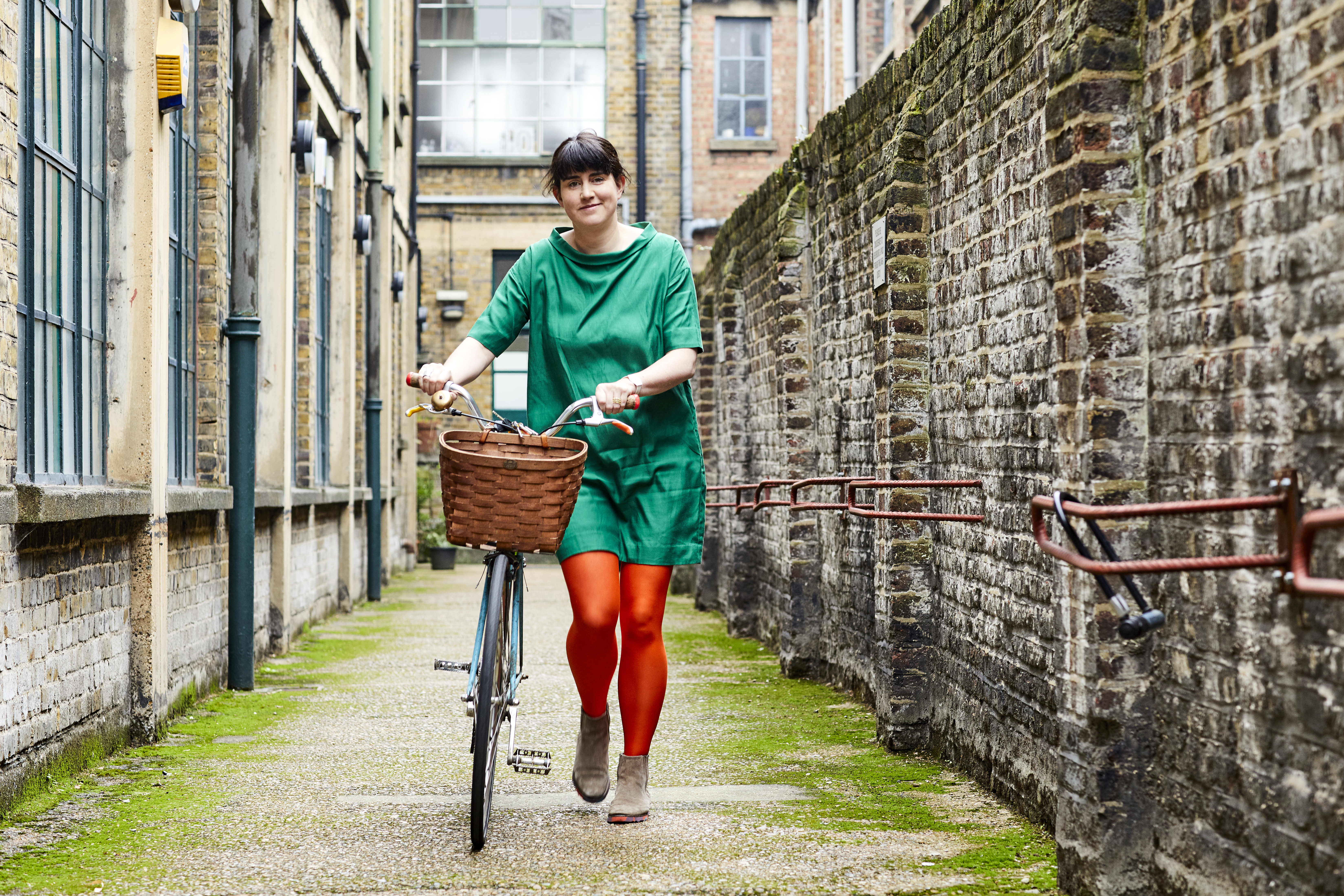Finalists for one of the most prestigious innovation award schemes were announced today, covering fields as diverse as toy robots to artificial spider silk, along with an opportunity for you to vote for the one that you find the most inspiring (you can vote here).
This year, the finalists come from 13 countries. Six finalists are women inventors of which four are lead inventors, the highest proportion shortlisted since the awards were launched by the European Patent Office in Munich just over a decade ago.
As one of the international jury it was far from easy to weigh up the impact on innovation, society, economic prosperity and job creation from the long list drawn from the initial crop of 530 individuals and teams of inventors put forward by the public, patent examiners and patent offices.
After a day of discussions at the EPO in Munich we came up with the following shortlist of 15 finalists, which are announced today:
Industry

Erik Loopstra (Netherlands) and Vadim Banine (Netherlands/Russia)
The next generation of smaller, faster, more efficient microchips will contain switches measuring around seven nanometres – billionth of a metre – and to etch these tiny features, chipmakers are turning to extreme ultraviolet light lithography, developed by Loopstra and Banine and their team at Dutch chip-machine manufacturer ASML.
Gaute Munch, Erik Hansen and team (Denmark)
For over two decades, robot construction kits developed by this Danish team at toymaker LEGO® have taught millions the fundamentals of computer programming, robotics and interactive problem-solving.
Agnès Poulbot and Jacques Barraud (France)
Working at Michelin, Poulbot and Barraud found a way to layer shallower tyre treads on top of each other, so that as one tread wears out a fresh one is revealed. The ‘regenerative’ tyres last 20% longer and save one litre of fuel every 100 kilometres travelled.
Research

Jens Frahm (Germany)
Frahm developed the fast, low-angle shot (FLASH) technique that accelerated MRI scans by a factor of 100. He has since brought MRI to the video age by giving the technology the ability to capture moving images of organs and joints in real-time.
Eileen Ingham and John Fisher (United Kingdom)
This husband-and-wife team invented ‘biological scaffolds’ – donor tissue stripped of its original DNA and cells that can be colonised by a recipient’s cells so it does not trigger an immune rejection. Developed over more than ten years at Leeds University, the method has been used for wound care treatment, heart valve replacements and other surgical applications.
Jacek Jemielity, Joanna Kowalska, Edward Darżynkiewicz and team (Poland)
The development of genetic medicine in the form of stable messenger RNA compounds by this Polish research team allows the development of personalised treatments that do not alter a patient’s DNA. This has already been incorporated into a promising cancer vaccine.
Non-EPO countries

Stephen Dewar (Canada), Philip Watts (United States/Canada) and Frank Fish (United States)
Inspired by the bumpy leading-edge of humpback whales’ flippers, this team has developed a novel blade concept for wind turbines and fans, that is more efficient and quieter than traditional designs.
Alex Kipman (Brazil)
The inventor behind Microsoft’s record-selling Xbox game system has adapted its motion controller and state-of-the-art hardware to create “mixed-reality” glasses – the HoloLens – to blend the virtual and real worlds in the eyes of the wearer.
Esther Sans Takeuchi (United States)
Chemical engineer Takeuchi invented compact batteries that power tiny implantable cardiac defibrillators. These are used by millions of patients to cut the incidence of heart attack by delivering life-saving shocks.
Small and medium-sized enterprises (SMEs)

Mehrdad Mahdjoubi (Sweden)
This space-travel inspired shower developed by industrial designer Mehrdad Mahdjoubi uses 80% less energy and 90% less water by recycling the same five litres of water per shower.
Jane ní Dhulchaointigh and team (Ireland)
Product designer Jane ní Dhulchaointigh and her team have developed malleable multi-purpose glue that sets as a durable rubber to repair and customise everyday objects.
Thomas Scheibel (Germany)
Biochemist Thomas Scheibel developed an artificial silk fibre that is many times stronger than steel and conventional synthetic fibres and is already finding its way into medical implants, textiles and cosmetics.
Lifetime achievement

Ursula Keller (Switzerland)
Keller developed SESAM, the semiconductor saturable absorber mirror, the leading technology for commercial ultrafast lasers used in many industrial and medical applications. Her attoclock laser – one of the most exquisitely sensitive timepieces – even helps unlock mysteries of quantum physics.
Jacques Lewiner (France)
Hundreds of inventions – from electronics and medical sensors to security and telecommunications – are credited to this prolific French physicist and entrepreneur.
Henrik Stiesdal (Denmark)
Stiesdal has been part of the wind revolution since he first designed a wind turbine for his family’s farm as a teenager. His legacy covers everything from blade designs to offshore mooring platforms and is protected by more than 90 European patents.
The winners, along with the results of the public vote, will be unveiled on 7 June at a ceremony in Paris, in Saint-Germain-en-Laye, attended by representatives from the worlds of politics, business, industry, research and intellectual property:
‘This year’s finalists demonstrate that Europe continues to be a world leader in innovation,’ said EPO President Benoît Battistelli. ‘The creativity and ingenuity of these women and men helps to improve our daily lives.’